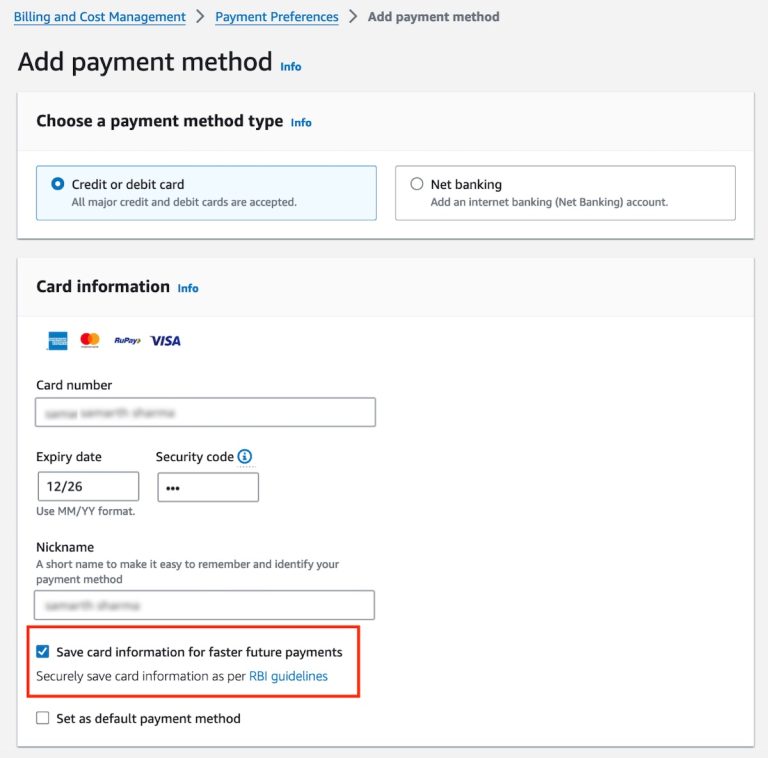If organizations were once only talking about digital transformation (DX), in 2020, it was all about translating that talk into some real action.
When the pandemic hit and businesses were disrupted, leaders instantly realized how crucial digital transformation was for their organizations to stay afloat. The first movers in the digital space were evidently faring well during the crisis, which also led so many others to finally take the plunge. Between rushed decision-making and damage control efforts, many digital initiatives failed and a number of them sustained. But clearly, all of them came to life to meet short-term objectives of weathering the COVID storm. In fact, and not-so-surprisingly, 6 out of 10 companies say they saw acceleration in digital transformation during 2020.
Even though the post-pandemic uncertainty continues to lurk over us, the stormy skies are starting to clear and a new normal is underway. It is a very crucial time for businesses right now – to decide what the next course of their digital transformation journey is going to be. With constrained budgets and the aftermath of rushed decisions looking right at them, what should leaders be doing in 2021?

Don’t sit back (yet).
If DX took on rocket speed last year, expect it to be no different this year too. From the first-movers to the ones who grappled with digital transformation during the pandemic, now is the time to continue picking the pace of your digital efforts. Organizations need to remain competitive in the post-COVID era, which means you have less time for experimentation and faster deployment will be a major success parameter. Low-coding platforms will emerge rapidly that will save time and effort for all involved. At the same time, unplanned rush and panic can wreak havoc. You need to find a fine balance between speed and planned implementation for success.
Reevaluate 2020.
Last year was all about crisis management. If there are initiatives that you launched then, it’s time to reevaluate if they fit into your tech stack and serve a long-term purpose. What was kicked off as efforts to survive a pandemic may not necessarily help you thrive post-pandemic. There was also a sense of panic with which a lot of digital initiatives were adopted. Now that leaders have time to slow down, it is time to match the current stack of technology to your digital vision. But then this kind of evaluation will also require you to relook at your digital vision. Has that changed in response to the pandemic? If so, how can you evaluate your digital initiatives against your new digital vision?
Reassess your priorities.
Go back to the storyboard of your digital transformation dreams. With a disruption of this scale, the pandemic has definitely shifted a lot within your organization. Even as there is a need to keep up with the speed, organizations that also take time to reassess their priorities and take informed decisions will successfully weather this storm. Look at your long-term strategy before COVID and now, and make appropriate changes and adjustments.
Be agile.
Agile is like the vaccine to future disruptions. Build formidable strategies but leave enough room for change. Long-term visions with short-term, flexible goals are what will work in the world of uncertainty and unpredictability. And as businesses, you will be required to spend less time building monumental, foolproof plans and more time developing strategies on-the-go.
Remote work will continue to be a big deal.
Even companies that were forced into remote work are seeing value in this new model of functioning. Flexi-working and remote working are themes that will continue into 2021. And organizations will invest heavily on communication and collaboration to bring together their distributed workforce and enhance productivity. You can read the full piece by leading industry analyst Mark Mcgregor, titled “Coronavirus Heralds Three Seismic Shifts in Working Practices, Changing the Way We Work Forever“.
Customer experience will need laser-sharp attention.
Contactless delivery emerged as a customer experience necessity in 2020. And in the wake of the pandemic, customer buying behavior has undergone significant change. This year, leaders need to quickly analyze the change and make strategic readjustments to foster better customer experience and thereby, improve profitability.
The talk about future disruptions & preparedness will amplify.
The boardroom talk around disruptions and unpredictability will not cease this year. In fact, leaders are going to focus on how they can be better prepared for likely disruptions in the future. Business continuity will be a hot topic of discussion and organizations will explore means to improve resiliency, and anticipate potential risks and opportunities.
To summarize, DX isn’t a notional concept anymore.
Digital transformation is happening right now. And it is key to the survival and sustenance of businesses. A recent study suggests that organizations are being, pretty much, conservative about their IT spending. However, some of the most successful companies role model spending than saving during these difficult times as the strategy to resilience and recovery. Intel, for example, during the 2008 economic downturn continued to invest in its R&D that put it way ahead of its competitors. So has been the case with AirBnB, Netflix, Apple and more. Clearly, now isn’t the time to scale back, cancel or delay ambitious digital projects, it is the time to jump right in with a clear strategy and course of action.
By Anita Raj




